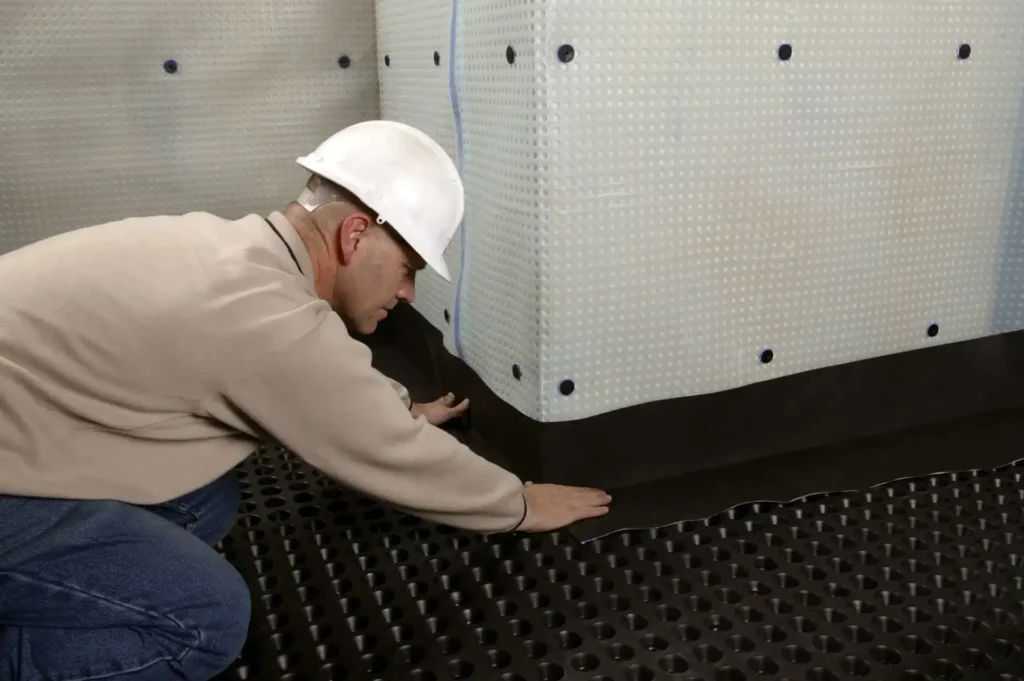Radon is an inevitable radioactive gas that occurs in nature, which may get into your home from the soil under it. It is colorless, odorless, and tasteless, thus making detection without special equipment difficult. Chronic exposure to radon can cause serious health problems, including lung cancer. It is related to the second position after smoking in the United States as the cause of lung cancer. The good thing, however, is that the system of radon mitigation can reduce the levels of radon significantly in the house, hence removing the risks.

How much would it cost to set up a radon mitigation system in your house? Well, the estimate would greatly vary based on a number of factors, including the type of system, size of the house, and the location of radon sources. The article here is aimed at exploring all the cost issues regarding radon mitigation systems, as well as the types of systems and cost comparisons across various states.
What is a Radon Mitigation System?
When a radon mitigation system is being installed in the home, it will vent the gas safely outside, and it will ensure that the concentration of radon is reduced inside the home. Systems such as these are essential for the safe air quality of the house, especially in regions where radon is high.
There are many types of radon mitigation systems available, and their choice depends on factors like the size of the house and the concentrations of radon. Most houses should be fitted with a passive soil depressurization-type system or an active soil depressurization-type system; however, some of the houses may require more specialized variants.
Average Cost of a Radon Mitigation System
The average cost of installing a radon mitigation system in a home is typically between $800 to $2,500, based on other factors such as what type of system would be needed and how extensive the home is. A typical homeowner spends about $1,200 for average installations. Below is a table that shows typical costs in terms of radon mitigation systems.
| Type of System | Cost Range | Average Cost |
| Active Soil Depressurization | $1,200 – $2,500 | $1,500 |
| Passive Soil Depressurization | $800 – $1,500 | $1,100 |
| Vapor Barrier System | $1,000 – $2,500 | $1,250 |
Factors That Affect the Cost of Radon Mitigation
There are many factors responsible for the price of the radon mitigation system:
- Home Size and Design: In most homes, larger homes or those with complex configurations require relatively expensive extensions of the systems.
- Radon Levels: As the radon level increases, more extensive system requirements will lead to an increase in the cost.
- System Type: Different types of radon mitigation systems may differ in price relative to each other. The more advanced systems typically incur higher costs.
- Location: The labor and material costs vary according to the area where you live. This is why the price might differ so significantly from one associated state to another.
- Foundation Type: Homes consisting of crawl spaces or slab foundations require different systems and, consequently, cost.
Types of Radon Mitigation Systems
1. Active Soil Depressurization (ASD)
Active soil depressurization represents the most common and comparatively effective type of radon mitigation system through the creation of a vacuum under the house that draws radon from the soil and vents it out.
How it works:
- A drain is installed in the foundation area of your home, and a fan is placed to suck in the radon from the soil.
- The radon is vented through the pipe to the house exterior, where it dissipates safely into the atmosphere.
2. Passive Soil Depressurization (PSD)
This system is similar to the ASD; however, it lacks a fan. It relies solely on the forces of nature to alleviate radon from the home. It is cheaper but may not be as effective in homes with elevated radon levels.
How it works:
- A vent pipe is installed in the foundation, but the exhaust does not use a fan
- Radon is introduced under the pressure of naturally occurring pressure differences, moving through the pipe, and venting outside.
3. Sub-Membrane Depressurization
This determines whether your home has an underground or crawl space. A plastic sheet is laid over the ground, and a vent pipe is provided that extracts the radon from beneath the membrane and outputs it to the outside.
4. Sealing Cracks and Openings
Although not a complete mitigation method, sealing cracks and openings in your foundation can reduce radon entry. Normally, this works as an auxiliary mitigation method to increase the effectiveness of other radon mitigation systems.
State-Specific Radon Mitigation Costs
Due to differences in labor, materials, and regional radon levels, the costs of radon mitigation can vary from state to state. Here is a table of average radon mitigation costs across several states:
| State | Average Radon Mitigation Cost | Typical Range |
| Ohio | $1,050 | $800 – $1,500 |
| Kansas | $1,150 | $900 – $1,700 |
| Colorado | $1,200 | $1,000 – $2,000 |
| Minnesota | $1,200 | $1,000 – $2,500 |
| Connecticut | $1,250 | $1,000 – $2,200 |
| California | $1,500 | $1,200 – $2,500 |
| Texas | $1,100 | $900 – $1,600 |
How to Lower the Cost of Radon Mitigation (H2)
If you are looking to minimize the price of installing radon mitigation systems, there are so many ways to reduce their cost.
- Get Multiple Quotes: Don’t take the first quote, but reach out to several certified radon mitigation professionals for comparison.
- Do Some of the Work Yourself: Some preparatory work, such as clearing around the foundation, can reduce labor costs if you’re handy.
- Check for Financial Assistance: Many states have some kind of financial assistance or rebates for radon mitigation, especially when your home is in a high-risk area. Talk to your local health department or environmental agency about what programs are available.
How to Choose a Radon Mitigation Professional
Choosing the right contractor to install your radon mitigation system is crucial. Here are some tips to help you select a certified radon professional:
- Check for Certification: Make sure that whichever radon professional you have hired for your job holds a certification from a respected organization such as the National Radon Safety Board (NRSB) or the National Radon Proficiency Program (NRPP).
- Ask for References: Ask other homeowners who actually had radon mitigation systems set up in their homes for names and contacts.
- Ask About Guarantees: A reliable contractor should guarantee that levels of radon within your home will be reduced to safe levels following installation.
- Get an Estimate: Always insist on a detailed, written estimate that breaks down the costs for materials, labor, and any additional services.
Conclusion
Radon mitigation is a necessary investment for all homeowners who wish to safeguard their families from the detrimental effects of exposure to radon. Factor such as home size, radon levels, and system type variables result in different installation costs, but the average it’s from $800 to $2,500. The cost may seem high at first, but it is likely to be short when compared to the long-term health benefits. Understand the options available to you and get multiple quotes from certified radon professionals, and you will be guaranteed to make your home a safe one.
FAQS
Q1. What is the average cost to install a radon mitigation system?
The average installation cost of a radon mitigation system falls between $1,200 to $2,500, depending on the type of system, size of the home, and location.
Q2. Do sellers usually pay for radon mitigation?
If radon is found to be present at high levels during an inspection, sellers may agree to pay for radon mitigation, especially if this forms a condition of the sale.
Q3. Does homeowners’ insurance cover radon mitigation?
Typical homeowners’ insurance does not provide coverage for radon mitigation systems; however, it could cover any damage caused by radon, including health-related costs or damages to the house.
Q4. What is the lifespan of a radon mitigation system?
A properly functioning and maintained system can last anywhere from 10 years and beyond, but the performance hinges on regular checks and maintenance.


